Last Updated on June 14, 2023
This episode of Revisited was Written by Cody Hamman, Narrated by Gaius Bolling, Edited by Juan Jimenez, Produced by Adam Walton and Chris Bumbray, and Executive Produced by Berge Garabedian.
It could have been a disaster. A first-time director handling an action movie that was supposed to be exciting while taking place primarily on a bus moving through L.A. traffic. A lead role that had been rejected by most of the biggest stars of the time, whittling the options down to an actor best known for playing a goofball teenager. A prominent supporting cast member who made it clear he thought they were making a piece of crap. The studio didn’t have the highest hopes for this movie… but it turned out to be a major hit when it was released in the summer of 1994, and to this day it’s considered to be one of the best action movies ever made. The movie is Speed, and it’s time for this one to be Revisited.
SET-UP: We really owe the existence of Speed to the fact that writer Graham Yost had been given an inaccurate description of what the 1985 film Runaway Train was about. Yost had heard that the train couldn’t stop because there was a bomb on it – but when he saw the movie, he found that there was no bomb. The train was just out of control because it didn’t have brakes or an engineer. He enjoyed Runaway Train as it was, but that bomb idea stuck with him and he decided to write his own screenplay about a vehicle that couldn’t stop because there was an explosive on board. Instead of a train, he decided to put the bomb on a bus.
The story doesn’t begin on the bus, though. It begins in an office building, where the bomber traps a group of innocent civilians inside an elevator and demands that the city fork over three million dollars. If he doesn’t get paid, he’ll set off more charges that will send the elevator crashing to the ground thirty stories below. Enter our hero, young LAPD SWAT officer Jack Traven, who – with the help of fellow SWAT officer Harry Temple – manages to save the hostages and ruin the ransom plan. Jack is also able to deduce that the bomber has been monitoring the situation from inside the building… and after a confrontation, the bomber appears to blow himself up.
The bomber isn’t really dead at that point, otherwise Speed would have been a short film. He’s still out there, he still wants to receive three million dollars in exchange for some hostages. And now he’s interested in messing with Jack as well. So when he places a bomb on the bottom of a mass transit bus, he calls Jack to let him know about the bomb, tells him exactly which bus it’s on, and tells him how it works: the bomb will be activated once the bus hits the speed of fifty miles per hour, and will detonate if it ever drops below fifty after that. In Yost’s first draft of the script, the speed the bus couldn’t drop below was just twenty miles per hour. A friend advised him to change it, correctly feeling that twenty was too slow for an action movie. Can you imagine watching a movie where we’re supposed to be thrilled by the sight of a large vehicle cruising along at twenty-one miles per hour?
Of course, the bus hits fifty before Jack can warn the driver and passengers. Then the movie becomes all about trying to make sure the bus stays above fifty while driving around a city that is known for its traffic jams. It has to maintain speed long enough for Jack to figure out how to save the people on board – whether that means defusing the bomb or getting the passengers off the vehicle and letting it blow up. Problem is, the bomber is watching, and has said he will detonate the bomb as soon as he sees any attempt to remove the passengers.
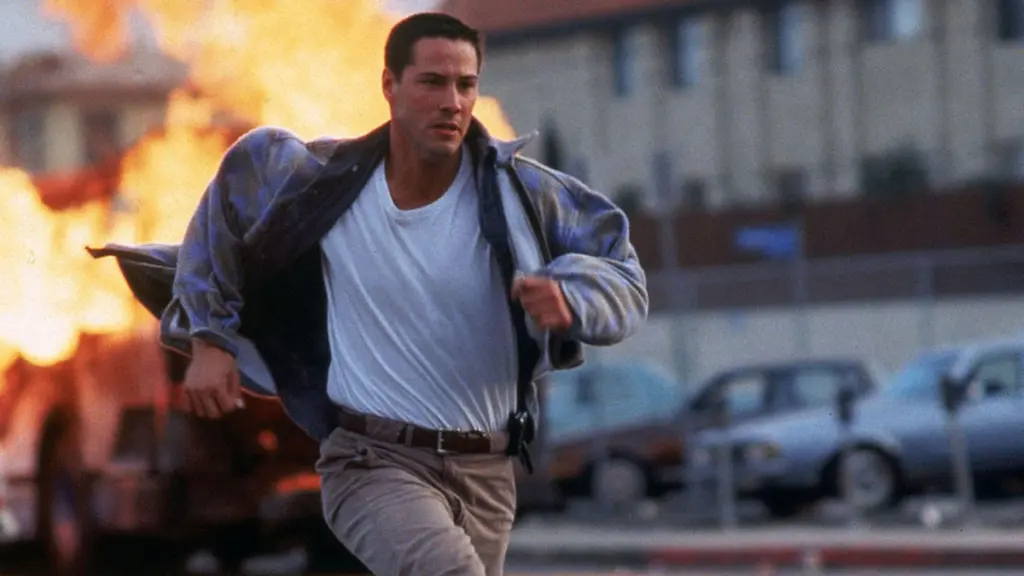
Yost managed to sell his script to Paramount at a time when the studio was trying to turn martial artist Jeff Speakman into the next big action star. Speakman had a three picture deal with them that started with The Perfect Weapon in 1991, and for a while it looked like Speed was going to be his second Paramount movie. Not only did that not happen, but Jeff Speakman’s second Paramount movie never came at all. And while the studio liked this “bomb on a bus” script well enough to buy it, they also had an unexpected issue with it: they felt there was too much time spent on the bus. Yost’s story ended when the bus situation was resolved. Paramount didn’t want to ride the bus all the way to the end credits, so they asked Yost to switch things up in the third act – and he wrote a new action sequence set in the subway. This subway sequence still feels kind of tacked on in the finished film, but it’s what Paramount wanted. Even though Paramount didn’t end up making the movie.
Speed actually happened at 20th Century Fox, the studio that picked up the project after Paramount set it aside. This being a Fox production makes a lot of sense, because the film is often referred to as “Die Hard on a bus”, and Fox is the home of the Die Hard franchise. Fox asked Die Hard director John McTiernan to take the helm of this movie, but he turned it down. It ended up being passed over to McTiernan’s Die Hard cinematographer Jan de Bont, who was interested in making his feature directorial debut after almost thirty years in the business. When he first heard that most of the script was set on a bus, he was concerned that it would be boring, but as he read through it he began to see how he could make it work.
Fox received more rejections once they started searching for someone to play Jack Traven. Apparently they offered the role to all the usual action suspects and were turned down. That’s how we end up with Keanu Reeves in the lead role. In the special features on the DVD and Blu-ray releases of the film, there’s a lot of talk that makes it sound like Speed was Reeves’ first experience in the action genre. De Bont says he had to convince him that making an action movie could be fun and coach him to embrace his inner action hero. It’s said that the studio still saw Reeves as “the guy from Bill & Ted’s Excellent Adventure” and worried that he couldn’t handle action. This is very odd, because Speed was not Reeves’ first action movie. He had already starred in Point Break, which was a big hit for Fox and proved to them that he could handle action three years before this.
Well, if they still didn’t have faith in Reeves when Speed went into production, he certainly went on to prove himself all over again. Sporting some added muscle and a haircut so short that it was another thing to cause the studio anxiety, Reeves gives a terrific action hero performance in the film. De Bont also surrounded him with an awesome supporting cast, from Jeff Daniels as Harry Temple and Joe Morton as their superior Lieutenant Mac to Alan Ruck, Beth Grant, Carlos Carrasco, and Hawthorne James as people on the bus. After Halle Berry, Ellen DeGeneres, and a long list of others were considered, Sandra Bullock was cast in the role of Annie Porter, the bus passenger who ends up having to drive the bus and becomes Jack’s love interest along the way. Bullock was a rising star at the time, having just worked with Sylvester Stallone on Demolition Man, and this movie boosted her career to a whole new level. Glenn Plummer has a fun role as the guy who helps Jack catch up to the bus – and then we have the villain.
Yost originally planned for Speed to have a shocking twist where we would find out that the bomber was just the sidekick to the real bad guy: Jack’s own friend Harry. The role of Harry was offered to the likes of Ed Harris and Randy Quaid when this idea was in play, but before filming began the studio said they only wanted there to be one bad guy from beginning to end. So Harry got to remain a noble character throughout and Dennis Hopper was cast as the bomb-making madman Howard Payne – perfect casting that allowed Hopper to play unhinged in his own wonderfully unique way.
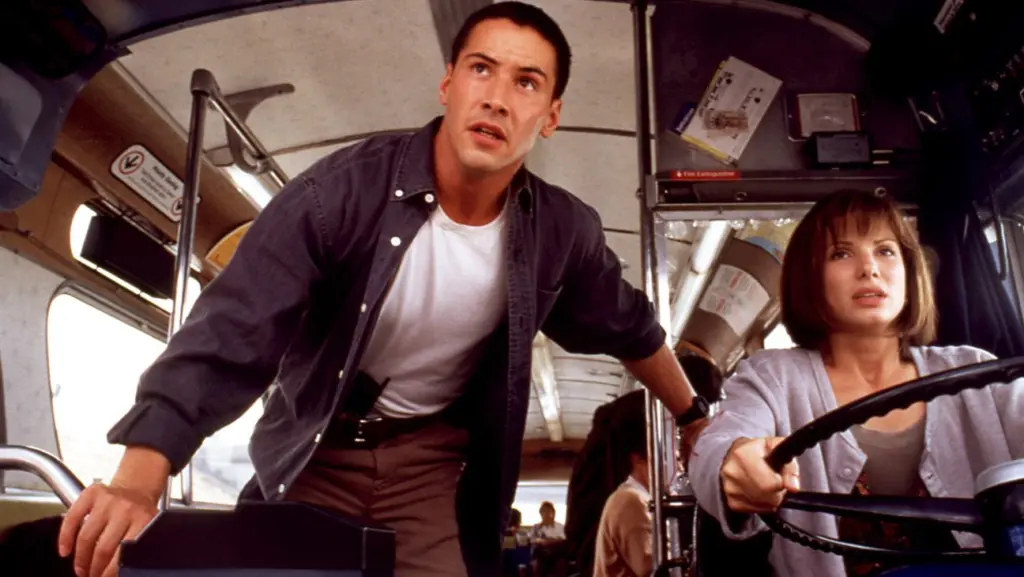
REVIEW: Speed seems to be one of the occasions where the deluge of studio notes actually helped improve the movie, for the most part. They had a solid script in place as the project headed into production, and a then-virtually-unknown Joss Whedon was brought in to punch up the dialogue and do some character tweaks that were also beneficial. Jan de Bont then proceeded to show that working as cinematographer on movies directed by action masters like John McTiernan and Richard Donner had trained him to be a hell of an action director himself.
Fitting its title, Speed moves fast. That opening elevator sequence gets your blood pumping right away, and de Bont makes sure there aren’t many quieter scenes to bring your excitement level down as the film goes on. Within seven minutes of the elevator sequence ending, there has already been another explosion and Howard Payne is telling Jack about the bomb on the bus. The threat to bus number twenty-five twenty-five is established by the thirty minute mark, and a full hour is dedicated to Jack trying to save the people on that bus.
Sure, an hour is a lot of time to spend focused on a bus, but deBont and the writers never let this stretch of the film get dull. They throw a constant barrage of complications at Jack and the bus passengers – starting with the fact that Jack has to get on the bus himself. Keeping the bus at fifty means needing to smash through traffic jams, take hard turns, nearly run down inattentive pedestrians. One of the passengers is a criminal who freaks out when Jack gets on the bus and ends up accidentally shooting the driver – a change from Yost’s first draft, where the driver had a heart attack just like the engineer in Runaway Train. The driver being injured is why Bullock’s character Annie, who just lost her driver’s license, has to take the wheel.
It was de Bont who suggested the most famous complication of all. Lieutenant Mac advises Jack and Annie to get the bus onto the one-oh-five freeway, which at the time of filming had just been completed but wasn’t in use yet. Mac just neglected to realize that construction of the freeway wasn’t entirely finished; there’s a fifty foot gap looming ahead of the bus. This fifty foot gap did not exist in reality, de Bont thought it up and it was created on screen through the use of some early digital trickery. And it’s quite an obstacle for a bus that can’t slow down or turn around – all they can do is hit the gas and hope they’re going fast enough to be able to jump fifty feet. Decades down the line, this doesn’t sound like a big deal. A bus could make a fifty foot jump in the middle of a Fast & Furious movie and it would just be one action beat surrounded by a hundred other stunts that are just as big, if not bigger and more ridiculous. But this jump was something spectacular at the time, the big, standout moment that everyone was talking about during the summer of 1994. Although the gap wasn’t real, the stunt was: a bus going sixty-one miles per hour was ramped through the air and went higher and further than the crew was expecting. A camera was smashed, part of the bus unexpectedly went out of frame, but they got the shot.
In reality, Annie wouldn’t have been able to drive the bus very well any more after making this jump, because the tires blew out on the stunt bus, but in the movie the bus comes out of it just fine. Watching the movie now, it’s kind of surprising to see that the coverage of this stunt is rather modest. We don’t even see a shot of the bus actually clearing the gap, we just see it jumping from one side and landing on the other… but that’s what was possible for them to convincingly show at the time.
De Bont also takes credit for deciding to have the bus drive on the runways at the LAX airport, but there’s some disagreement over who actually came up with that idea. Whoever suggested it gave the movie a more interesting location than alternative options that would have had the bus driving in circles around Dodger stadium or a race track. It also allows a plane to get involved with the action before we move on to the climactic set piece in the subway.
Yost is no fan of the subway sequence, still feeling that the movie truly ends as soon as the bus situation is resolved… but it does provide a cool setting for the final confrontation between Jack and Howard. The problem with the subway sequence, the reason why it comes off as being poorly thought out and repetitious, is the fact that the exact same thing happens in the subway as we just saw happen on the freeway: the subway system is under construction and the speeding train Jack and Annie are on is heading down a track that hasn’t been completed. All they can do is accelerate and jump the track. This is the sort of “how can the same thing happen to the same people twice” event you’d expect to see in a sequel, but instead we’re seeing it happen just a little while later in the same movie. The subway sequence doesn’t damage the overall film, it’s just not on the level of what came before it.
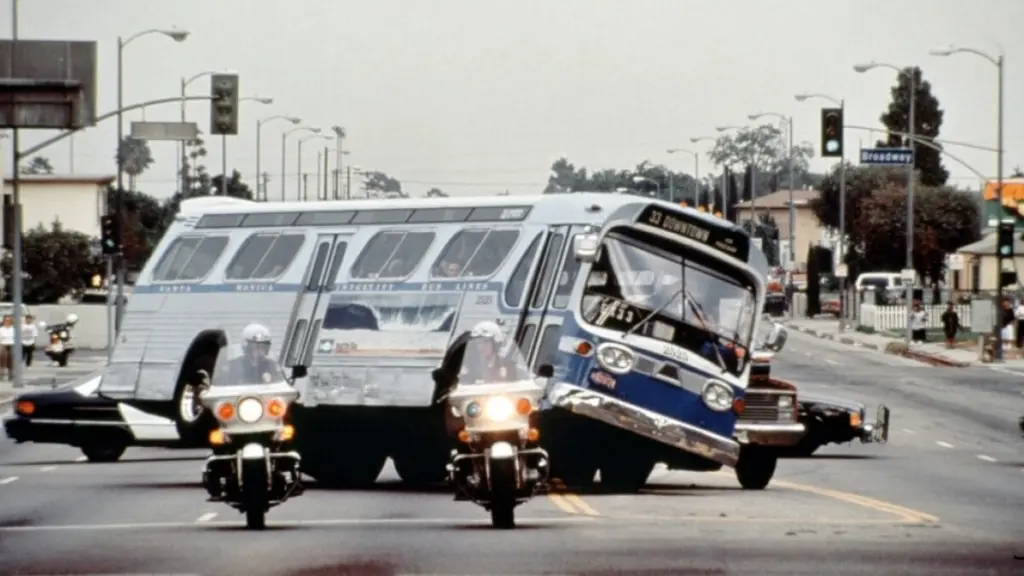
While de Bont made Speed a one hundred and sixteen minute adrenaline rush, the cast has to be commended for the performances they give in the midst of all the action. Reeves plays Jack Traven like a hero with a heart of gold; not only is he tough, smart, and capable, we also see that he’s so dedicated to his job because he truly cares about the people he’s trying to save. There’s a lot of warmth to Jack, and it’s easy to understand why Annie falls for him during their time together. Bullock also makes the love interest angle work while making Annie a very likeable character. She’s in way over her head, but with Jack’s help she’s able to be heroic as well. Jeff Daniels is endearing as Harry Temple, the partner and mentor who quizzes Jack about scenarios they might find themselves in while at work – setting up Howard Payne’s famous line, “Pop quiz, hot shot.” Daniels is the cast member who thought they were making a piece of crap during filming, figuring this was just another run-of-the-mill action movie. But as time went on, he began to realize they were working on something special. We come to care for Harry so much that he’s involved in one of the most emotionally effective moments of the movie, which we wouldn’t have gotten if they had stuck to the plan of making him the surprise villain. And Dennis Hopper… it’s always a joy to watch Dennis Hopper act crazy.
LEGACY/NOW: It’s baffling, but somehow Fox wasn’t convinced they had a crowd-pleaser on their hands with Speed, so they were originally planning to push it into theatres at the end of summer, in August of 1994. It wasn’t until they saw the positive scores from test screenings that they started to see the film’s potential – and then they decided to have Speed kick off their summer movie slate with a June release. That release date shift paid off. Made on a budget somewhere in the range of thirty to thirty-seven million, Speed earned about ten times more than it cost, with its worldwide box office total surpassing three hundred and fifty million. With a return on investment like that, it’s no surprise that Fox wanted a sequel. Unfortunately, that sequel was a mess. While Bullock and de Bont returned for 1997’s Speed 2: Cruise Control, Reeves opted out and the script was lacking, coming off more like an underwhelming version of an old school disaster movie. It’s quite dull compared to the frenetic action of the first film, building up to the sight of a cruise ship slowly smashing into a seaside town. Expensive, but not exactly thrilling. Speed 2 had a budget more than three times bigger than its predecessor’s and ended up making less than half of what Speed made at the box office.
Speed 2 is often named as one of the worst sequels ever made, but that doesn’t do anything to tarnish the reputation of the first Speed. Not only was Speed a financial success, it also went over very well with critics, and it remains a highly popular and respected film. It ranks among the best movies of the action genre, with Empire magazine putting it on their list of the Five Hundred Greatest Movies of All Time. Some things about it seem a little quaint now, but in a way that makes you sort of wistful, as we could use more action movies that are like this these days. Speed still holds up as a very entertaining viewing experience and stands the test of time thanks to a great cast that brought to life likeable and memorable characters, a good script with a gripping concept, well-shot action sequences that are exciting and involving, and a fast pace. What worked in 1994 still works perfectly today.





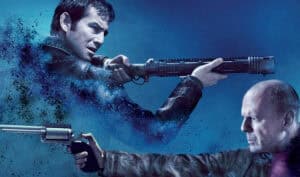
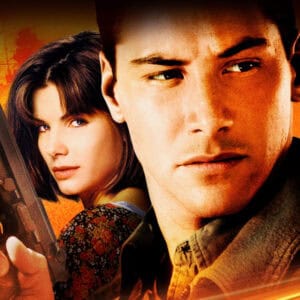
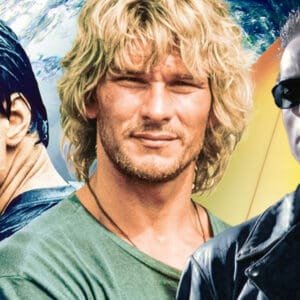
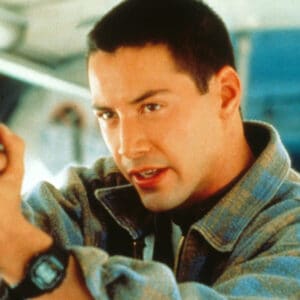
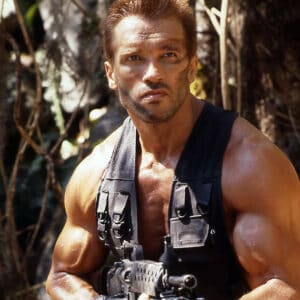

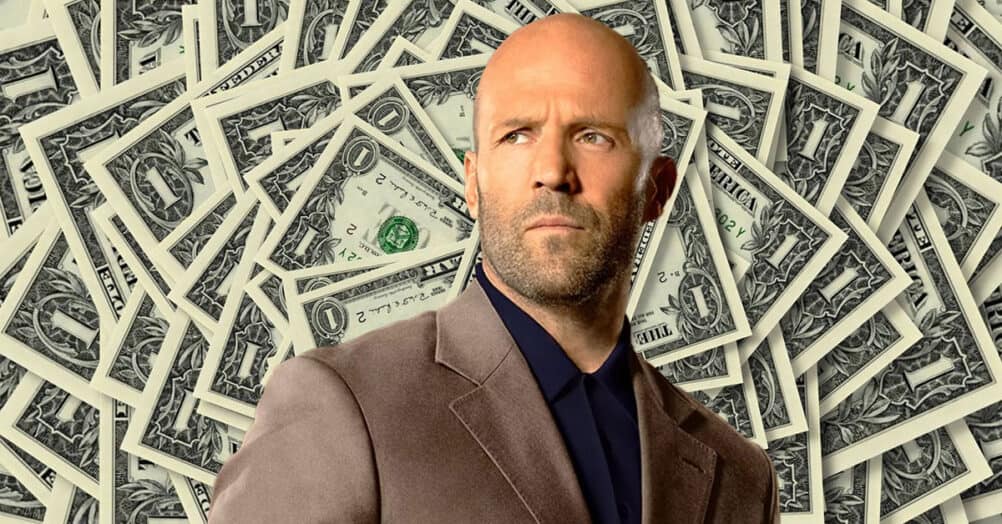
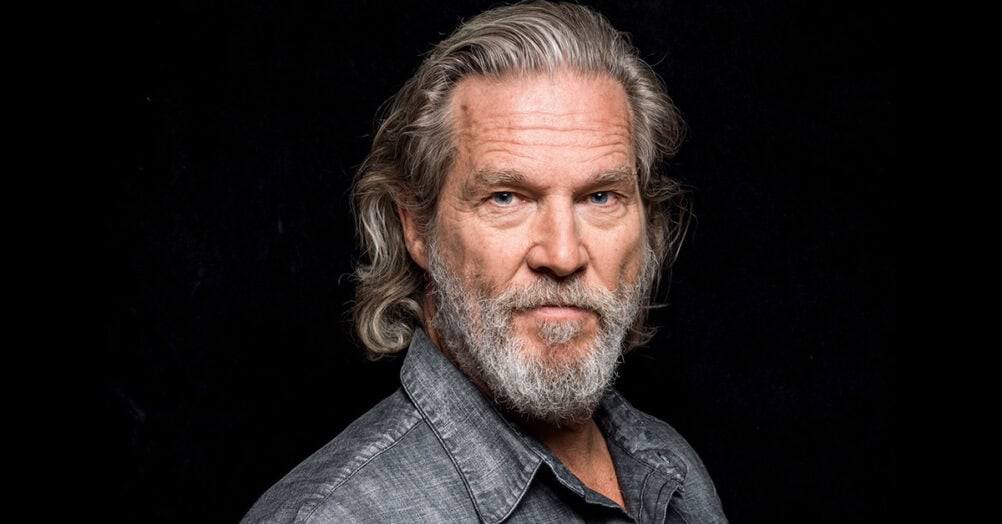

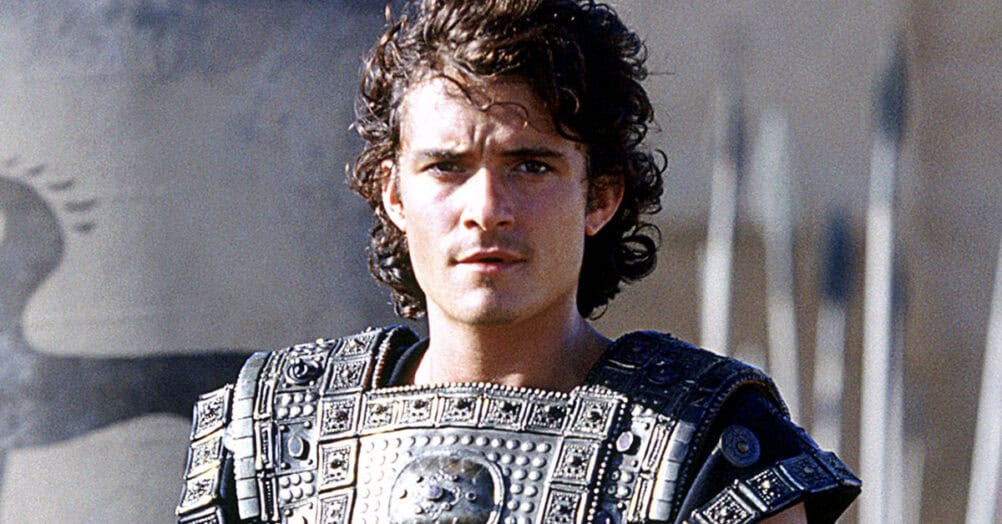

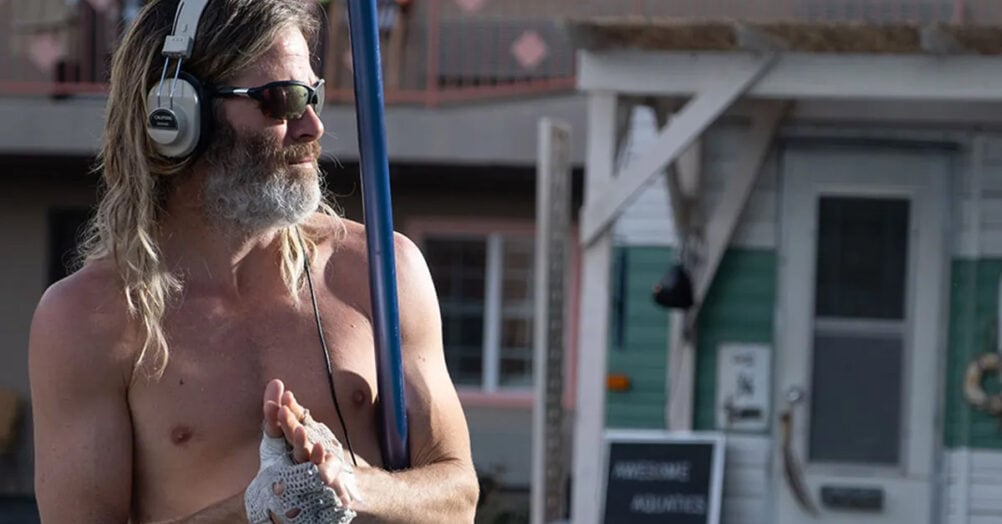
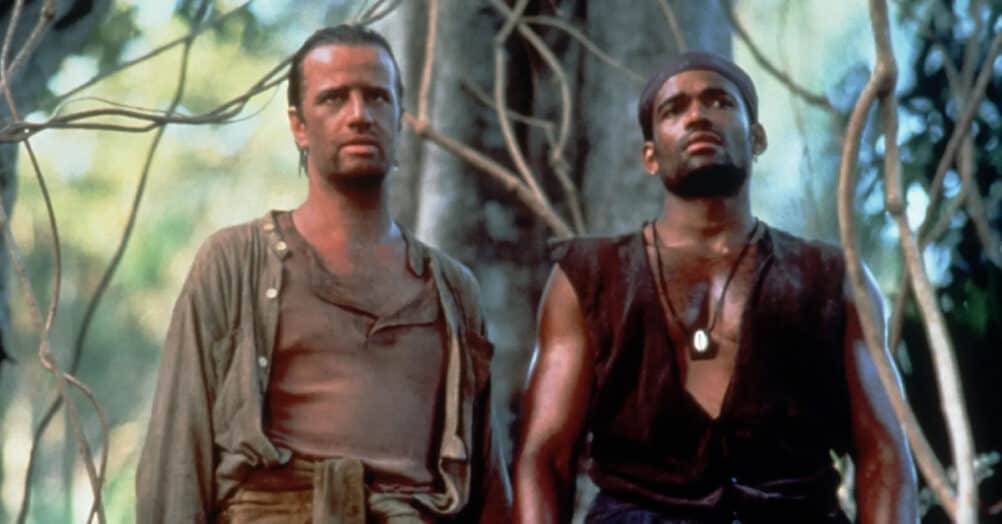
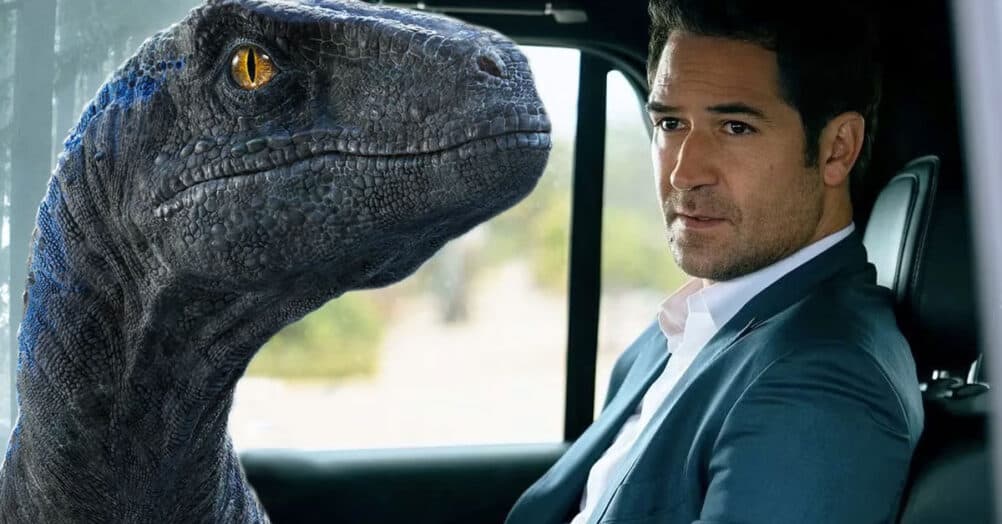
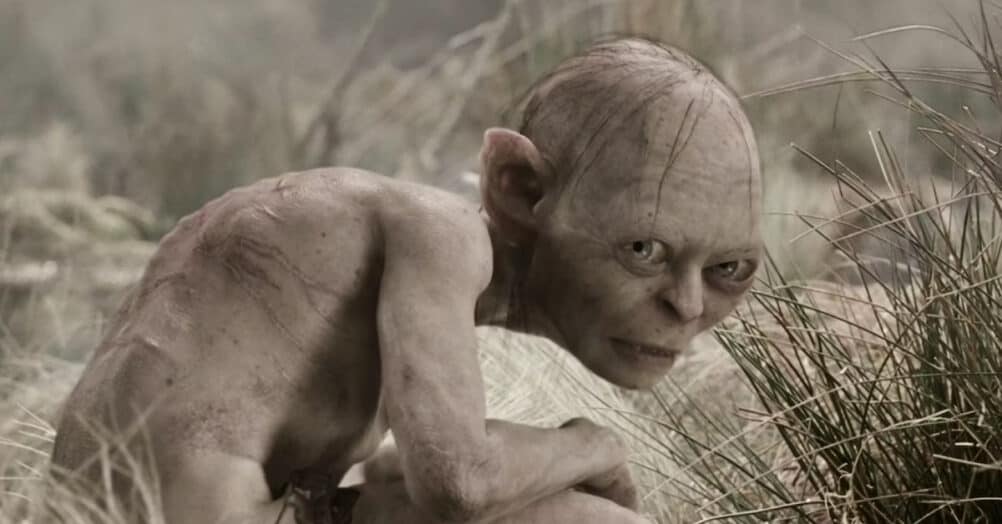
Follow the JOBLO MOVIE NETWORK
Follow us on YOUTUBE
Follow ARROW IN THE HEAD
Follow AITH on YOUTUBE